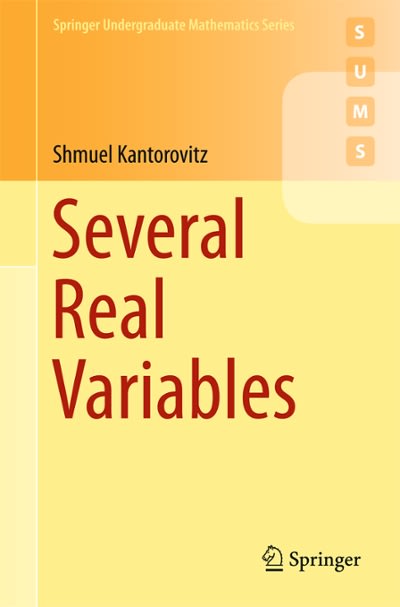Question
When large samples are at hand one may make fewer a-priori assumptions regarding the exact form of the distribution of the measurement. General limit theorems,
When large samples are at hand one may make fewer a-priori assumptions regarding the exact form of the distribution of the measurement. General limit theorems, such as the Central Limit Theorem, may be used in order to establish the validity of the inference under general conditions. On the other hand, for small sample sizes one must make strong assumptions with respect to the distribution of the observations in order to justify the validity of the procedure. It may be claimed that making statistical inferences when the sample size is small is worthless. How can one trust conclusions that depend on assumptions regarding the distribution of the observations, assumptions that cannot be verified? What is your opinion? For illustration consider the construction of a confidence interval. Confidence interval for the expectation is implemented with a specific formula. The significance level of the interval is provable when the sample size is large or when the sample size is small but the observations have a Normal distribution. If the sample size is small and the observations have a distribution different from the Normal then the nominal significance level may not coincide with the actual significance level.
Step by Step Solution
There are 3 Steps involved in it
Step: 1

Get Instant Access to Expert-Tailored Solutions
See step-by-step solutions with expert insights and AI powered tools for academic success
Step: 2

Step: 3

Ace Your Homework with AI
Get the answers you need in no time with our AI-driven, step-by-step assistance
Get Started


